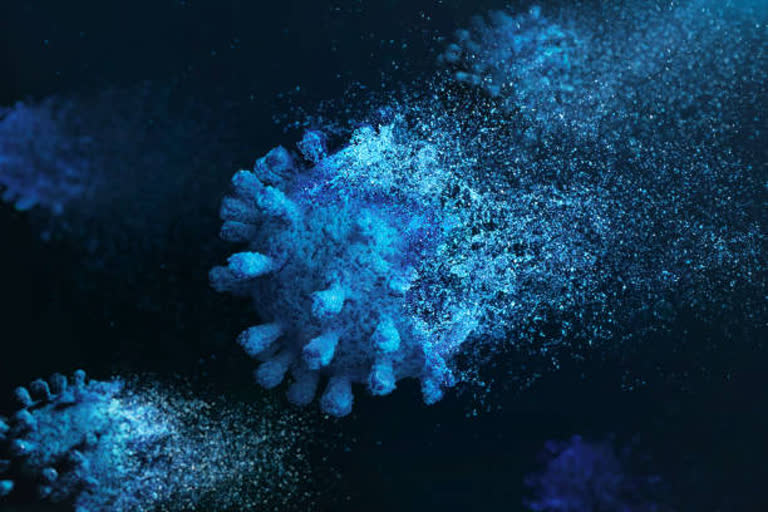London: Scientists have developed artificial enzymes programmed to target the genetic code of SARS-CoV-2 and destroy the virus, an advance that may lead to a new generation of antiviral drugs for COVID-19 and its variants. Enzymes are naturally occurring biological catalysts, which enable the chemical transformations required for our bodies to function - from translating the genetic code into proteins to digesting food.
Although most enzymes are proteins, some of these crucial reactions are catalysed by RNA, a chemical cousin of DNA, our genetic material, which can fold into enzymes known as ribozymes. Some classes of ribozyme are able to target specific sequences in other RNA molecules and cut them precisely. In 2014, Alex Taylor and colleagues from the University of Cambridge, UK, discovered that artificial genetic material known as XNA - in other words, synthetic chemical alternatives to RNA and DNA not found in nature - could be used to create the world's first fully-artificial enzymes, named XNAzymes.
These artificial enzymes can cut long, complex RNA molecules and are so precise that if the target sequence differs by just a single nucleotide - the basic structural unit of RNA - they will recognise not to cut it. This means they can be programmed to attack mutated RNAs involved in cancer or other diseases, leaving normal RNA molecules well alone, the researchers said.
The study, published in the journal Nature Communications, demonstrated the use of this technology to successfully 'kill' live SARS-CoV-2 virus. Creating new XNAzymes can be done in far less time than it normally takes to develop antiviral drugs, according to the researchers. Taylor teamed up with Nicholas Matheson to show that these XNAzymes were active against live SARS-CoV-2 virus.
"It's really encouraging that for the first time — and this has been a big goal of the field — we actually have them working as enzymes inside cells, and inhibiting replication of live virus," said Pehuen Pereyra Gerber, who performed the experiments on SARS-CoV-2 in Matheson's lab. "What we've shown is proof of principle, and it's still early days," added Matheson.
